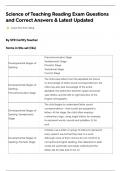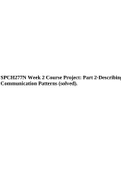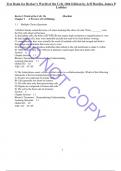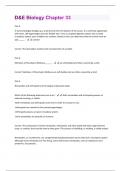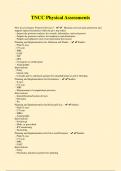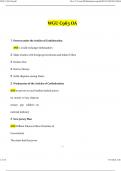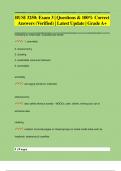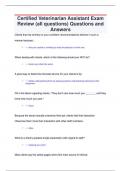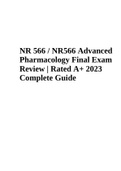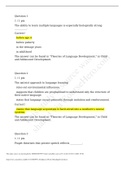Exam (elaborations)
Science of Teaching Reading Exam Questions and Correct Answers & Latest Updated
- Course
- Institution
Developmental Stages of Spelling o :## Precommunicative Stage o Semiphonetic Stage o Phonetic Stage o Transitional Stage o Correct Stage Developmental Stages of Spelling: Precommunicative Stage o :## The child uses letters from the alphabet but shows no knowledge of letter sound correspond...
[Show more]
